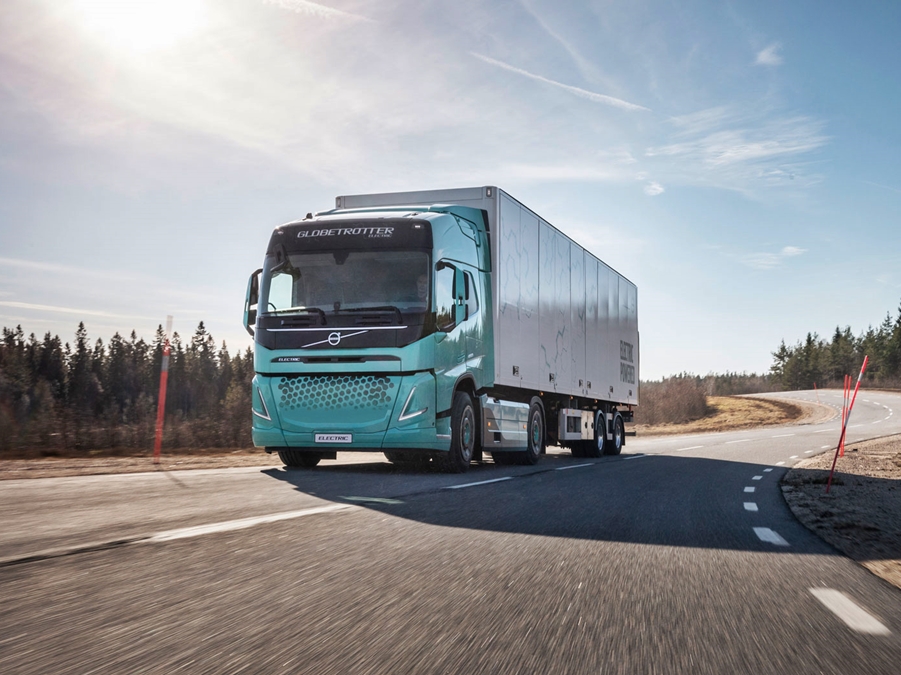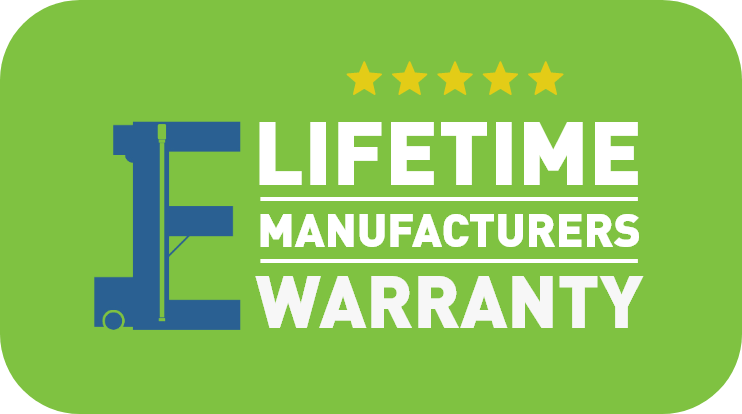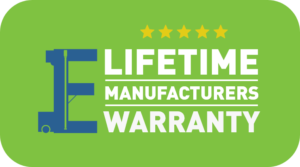The Need for Adaptation with Electric and Hydrogen Trucks
The transportation sector is on the cusp of a radical transformation, driven by the market and Governments' efforts to reduce greenhouse gas emissions and embrace a sustainable future. Electric and hydrogen trucks are at the forefront of this revolution, which promises a cleaner and more efficient way to move goods.
However, this shift presents significant challenges for the infrastructure that supports heavy vehicles. Australia has several factors to consider regarding axle weight limits influencing mechanical workshop requirements. As per the Electric Vehicle Council, Australian Design Rules (ADR) have several barriers to electrification. ADR is the national standard for road vehicle safety, anti-theft, and emissions. All new road vehicles manufactured in Australia and imported new or second-hand vehicles must comply with the relevant ADRs when they are first supplied to the Australian market. Currently, the width, steer axle mass, and fuel standards are out of step with international regulations, creating a unique and expensive import and modification process for selling a vehicle in the Australian market.
The Rise of Electric and Hydrogen Trucks
Electric trucks powered by batteries are already in Australia. Major manufacturers like Volvo, with its FL model, and Daimler, with its Fuso eCanter model, are already selling electric trucks in Australia. Hydrogen trucks, which utilise fuel cells to generate electricity, are also gaining momentum, offering potentially longer ranges and faster refuelling times.
Both electric and hydrogen technologies offer compelling advantages over traditional diesel trucks, such as:
However, the adoption of these new technologies is not without its challenges.

Axle Weight Limits and Tare Mass
In Australia, the current axle weight limits, which were designed for diesel trucks, are inadequate for electric and hydrogen trucks. The significant weight of battery packs and hydrogen fuel cells, which are crucial for the operation of these vehicles, need to be factored into the tare mass (the weight of the vehicle without a load).
Australia's current regulations focus on gross vehicle mass (GVM), which includes the tare mass and the maximum load the truck can carry. The problem arises when the tare mass of electric and hydrogen trucks exceeds the allowed GVM despite their lower payload capacity compared to diesel trucks.
Challenges for Workshops
The transition to electric and hydrogen trucks poses several challenges for workshops that maintain and repair these vehicles.
A Collaborative Effort
Addressing the challenges of integrating electric and hydrogen trucks into the Australian transportation landscape requires a collaborative effort involving government, industry, and research institutions. The Electric Vehicle Council (EVC) and the Australian Trucking Association (ATA) have partnered to address the need for electric freight policy. Read the report here.
Embracing a Sustainable Future
The transition to electric and hydrogen trucks presents a significant opportunity for Australia to reduce its reliance on fossil fuels and move towards a cleaner, more sustainable future. It also enables Australia to be in tune with the rest of the world, which is embracing technology at a rapid pace.
However, this transition requires a coordinated effort to address the challenges and capitalise on the benefits. By updating axle weight limits, investing in infrastructure, and promoting skills development, Australia can pave the way for a thriving heavy transport sector that is both environmentally responsible and economically viable.
References
By partnering with ENDUREQUIP for your heavy vehicle lifting requirements, you ensure exceptional quality, superior safety, and efficient operation of an Australian-Made product.
Article copyright to RUD Group. This information is accurate at the time of publication, and RUD Australia takes no responsibility for any errors, inadvertent or otherwise.
Fill out our easy form and we will be in touch soon with a tailor made quote.


I value the simplicity of design and ease of maintenance. Unlike other complicated electronic hoists on the market, the Portalift hoist are simple to service, with spare parts easy to get. This is important when you need your hoists to keep operating with minimum disruption. Portalift hoists are an asset to any workshop, heavy duty and reliable.
